Calling out to the gods at this shrine it seems can be done conventionally with the relaxing ring of a red bell.
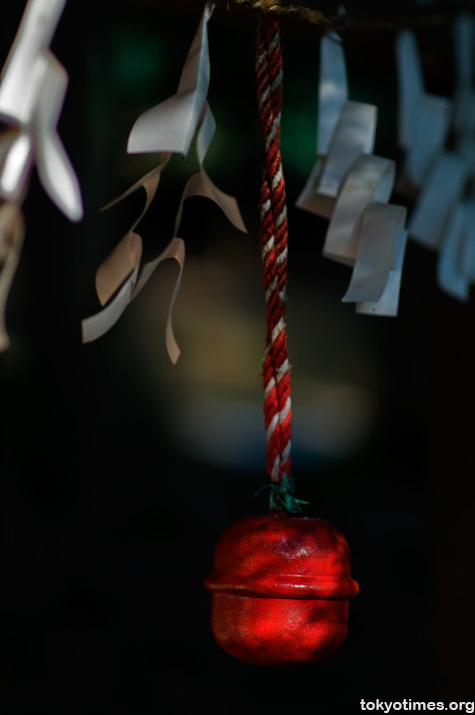
Or alternatively, and somewhat less conventionally, with the considerably less calming call of a cockerel.
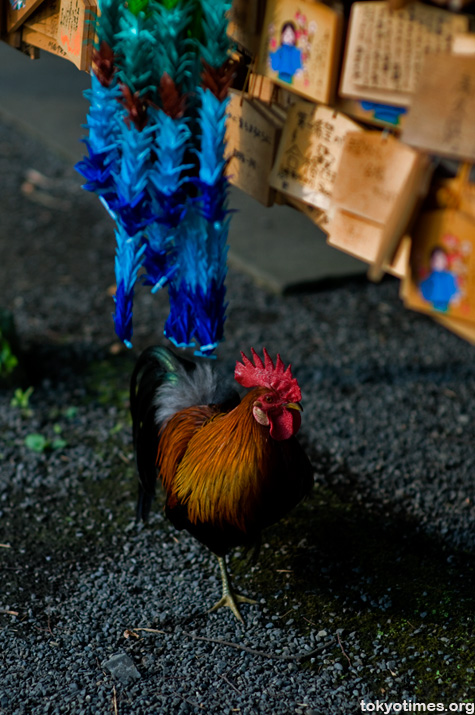
Photographs from a small group of islands
Calling out to the gods at this shrine it seems can be done conventionally with the relaxing ring of a red bell.

Or alternatively, and somewhat less conventionally, with the considerably less calming call of a cockerel.

With Japan’s population rapidly shrinking, and the country gradually turning into an enormous geriatric home where gate ball and grey are the new gods, it’s arguably nice, at least now and again, to see that relative rarity, a rug-rat.
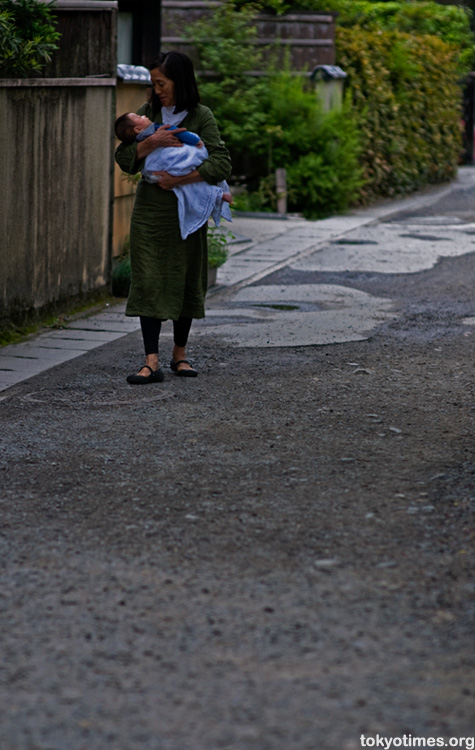
A cigarette or senbei break for the temple sweeper it would seem. Which, without a leaf blower or the like, is especially well earned.

Japan’s economy may well be shrinking at its fastest rate since records began, but Tokyo’s rich Ginza region still obliviously boasts serious numbers of shoppers burdened with huge bags nearly bursting with big name brands.
And yet that said, for some it would seem, the simple pleasure of a book is way better than any bag could ever be.
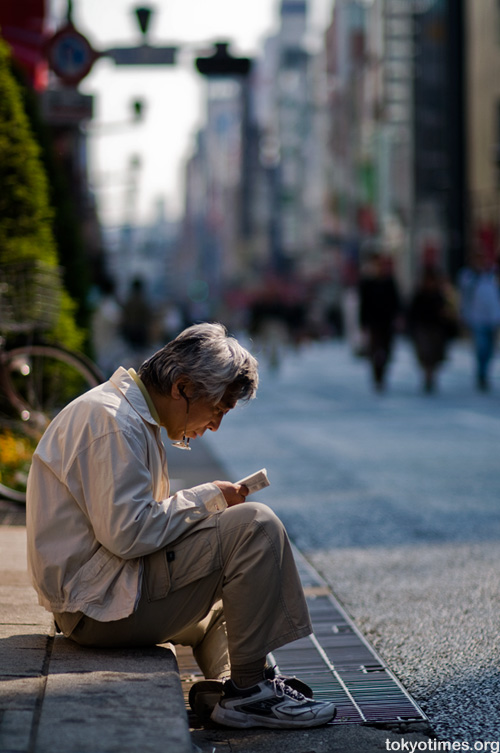
And then some.
Dotted liberally all over the land, Jizo are arguably the most discernible of Japanese deities. And, at the same time, have maybe the most miserable of meanings:
Traditionally, he is seen as the guardian of children, particularly children who died before their parents. JizÅ statues are sometimes accompanied by a little pile of stones and pebbles, put there by people in the hope that it would shorten the time children have to suffer in the underworld. The statues can sometimes be seen wearing tiny children’s clothing or bibs, or with toys, put there by grieving parents to help their lost ones and hoping that JizÅ would specially protect them. Sometimes the offerings are put there by parents to thank JizÅ for saving their children from a serious illness.
However, as well as being sorrowful,
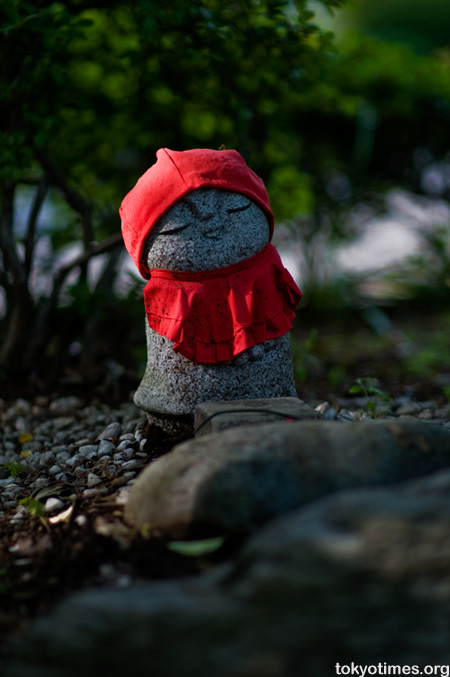
they can be strangely soothing.
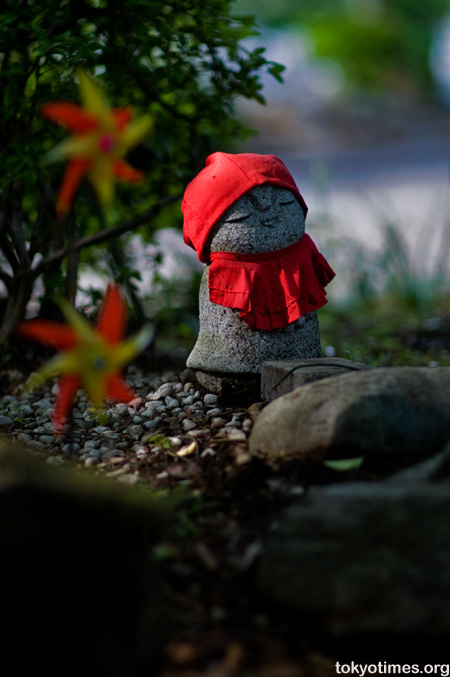
Somehow.